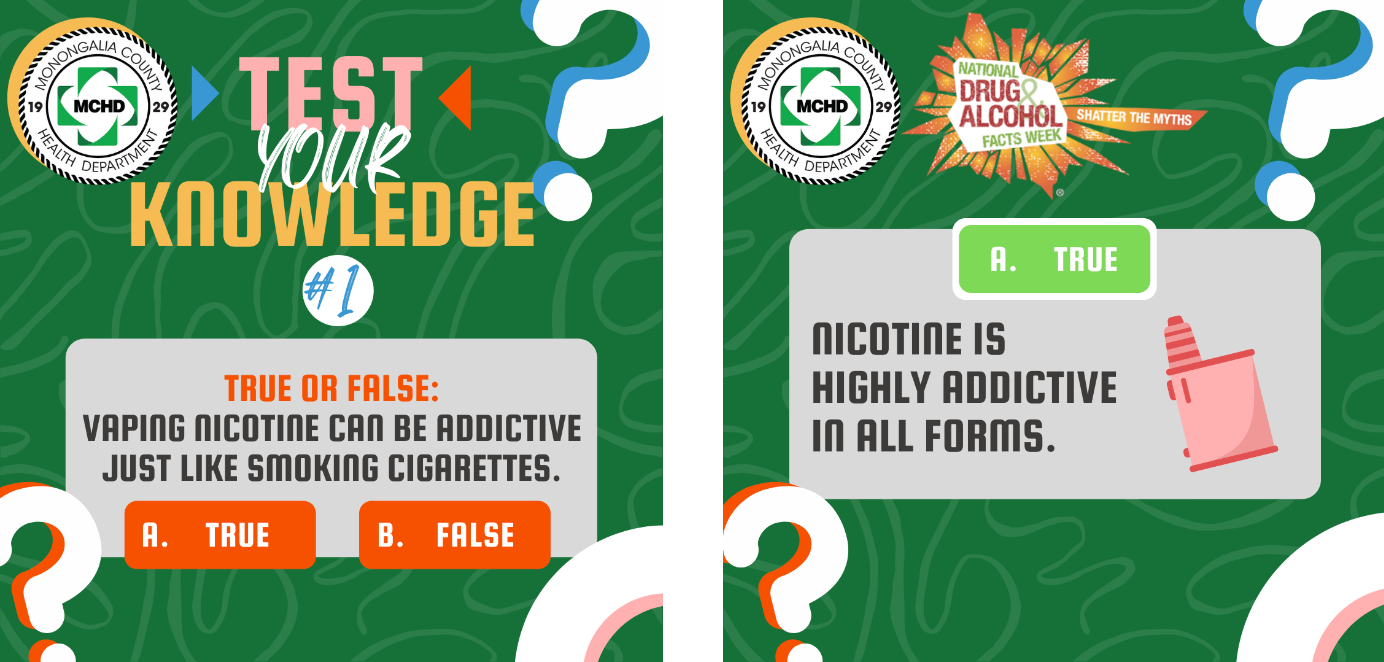Five common myths about substance use disorder

Mar. 23, 2022
By Katie Minor
Drugs and alcohol have long been a part of our culture, and while we have often heard the message “just say no,” these recreational substances affect the lives of millions of people around the world. Even so, many people are misinformed about drugs and alcohol, especially when it comes to the dangers they present.
Even after learning about the facts of how drugs and alcohol have an effect on the body, plenty of people still are susceptible to becoming dependent on them or developing substance use disorder (SUD). While being educated about drugs and alcohol is necessary, it’s also important to address the facts of SUD.
In light of National Drug and Alcohol Facts Week, which began on Monday and goes through Sunday, let’s address five common misconceptions about SUD.
1. It doesn’t matter what kind of language I use when I talk about substance misuse.
If you’ve recently heard the term “substance use disorder,” you might wonder where this term came from and why it’s replaced other terms, like “addiction,” that might be more familiar. But there is a lot of stigma surrounding substance use disorder, which affects everything from how we perceive those with SUD to how we treat them. Terms like “drug addict” are dehumanizing and reinforce stigmatizing attitudes. This sort of language-based stigma can even cloud the way we perceive SUD itself. Addiction is the most severe type of SUD, but exclusively using the word “addiction” can ignore the fact that substance misuse is a mental disorder that affects the way a person’s brain works. Which leads to another popular misconception…
2. Substance abuse is nothing but a bad habit, and people can stop anytime they want.
This is one of the most harmful and untrue misconceptions to have about SUD, yet it is one of the most prevalent. Even though we might not say it explicitly, it can be reflected in the way that people with SUD are treated by their loved ones and society as a whole. Remarks such as “why don’t you just stop?” are often heard by those with SUD, but it’s difficult to explain that it’s practically impossible for someone with SUD to “just stop.” Not only does SUD affect a person’s ability to control substance use, but studies show that over half of those with SUD also have a co-occurring mental disorder and vice versa. Certain risk factors can put people at a higher risk for mental disorders, which can in turn trigger brain changes that might lead to other types of disorders. You wouldn’t tell a person with diagnosed depression to simply “stop being depressed” — so why is SUD any different? 3. It’s easy to tell when someone is misusing substances.
There is a misconception that people with SUD have a specific look, or that they all behave a certain way, but this kind of thinking is based on harmful, false stereotypes. Everyone is susceptible to SUD, meaning it’s basically impossible to tell when someone is misusing substances. There are certain warning signs that someone might be misusing substances — for example, it’s possible to notice physical symptoms — but these things alone are not enough to guarantee someone has SUD, nor do all people with SUD have obvious physical symptoms. By getting ourselves to challenge what we believe a person with SUD looks like or acts like, we can start to reshape how it is treated in our society.
4. Alcohol dependency is not as serious as other types of SUD.
It might surprise you that substance use disorder includes alcohol along with illegal substances and medication. Why is that? Alcohol doesn’t seem comparable to other commonly misused substances; it is consumed very regularly in our culture, it is constantly advertised, and, if you are over 21, you can legally order alcohol in public spaces such as restaurants and sports games, unlike illegal substances. But that doesn’t make alcoholism any less serious or dangerous. In 2019, 14.5 million people ages 12 and older had alcohol use disorder in the United States. Because activities such as binge drinking are so normalized in our culture, it can be much easier to become dependent on alcohol than an illegal substance — even though both can affect the brain in similar ways. Those with alcohol use disorder become physically dependent on alcohol in order to function, and can suffer painful withdrawal symptoms.
5. You have to hit rock bottom before you can recover.
There’s a popular myth that someone with SUD has to “hit rock bottom” before they have a chance at getting better — that is, something drastic has to happen as a result of SUD in order for someone to recover. It might be an overdose, financial hardships or broken relationships — but something has to happen to motivate a full recovery. This is a very dangerous attitude to have for someone with SUD. Waiting to seek help until having reached rock bottom can mean losing your relationships, your home, even your life. By that time, it might be much more difficult to even find the help you need.
Take advantage of the place you are at right now to find help — it’s out there! Plenty of resources exist to help right here in West Virginia, with West Virginia PEERS being a great place to start. The PEERS are part of the Monongalia County Quick Response Team (QRT), the group organized by Monongalia County Health Department to reduce opioid use in our community. Check out the PEERS website.
Katie Minor is the Public Information Office assistant at Monongalia County Health Department.